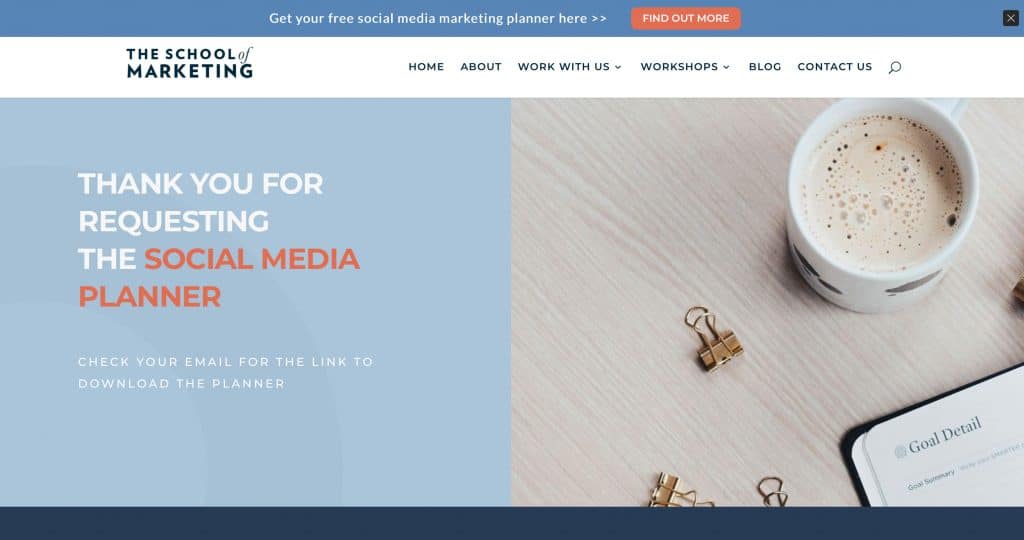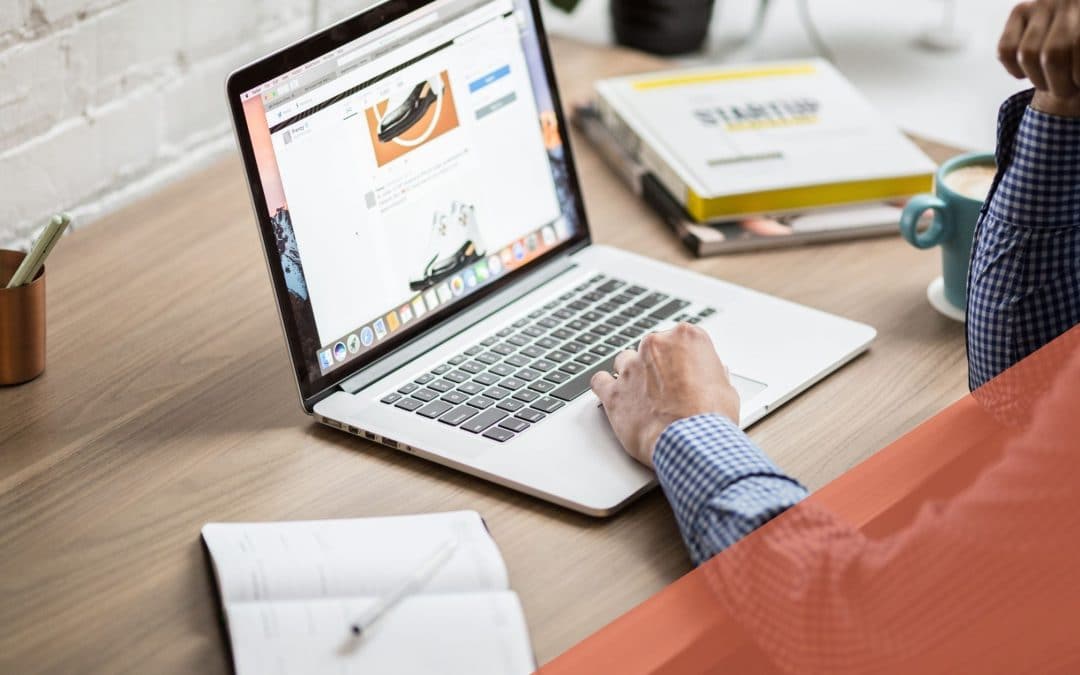This is a co-written post. I asked my Technical Director, JP, to help me write this article – because as a non-designer, he can suggest practical tips which don’t take long to implement from a technical perspective! Here’s what he says:
1. Social sharing buttons
There are two ways for you to use social media links on your website. The first is to place links that will take you to the websites Facebook page or twitter page. The second is to have social sharing buttons. Social sharing buttons are the buttons you will see at the end of this article. These buttons make sharing your website and/or its contents as easy as a single click.
2. Google Analytics
Google will not affect anything visual on your site, but what it will do is provide you with some useful information about how many visitors you get and where they are coming from. It can even tell you what pages they visited and how long they stayed. They offer the complete package for your website statistical needs which should cost you a small fortune but it doesn’t, it’s free. So there is no reason why you shouldn’t have it set up!
3. Make sure your contact details are visible
Once you have a visitor who is interested in your product or service don’t make it a challenge for them to figure out how to contact you. You should have a contact page on your main navigation, with all your details and a contact form. In addition to having your details in the contact form you can add your details in the header or the footer of the site.
4. Have your logo click through to your homepage
Your logo should click through to the home page of your website. I know we all have the home button on our primary navigation but it still needs to be done. It just makes sense to do it like that.
5. If you have links to external sites, have them open up in a new window
If you’re going to link anything in your site to an external web page (or your social media links) always make them open up in a new window. These are your visitors and you want them to stay on your site
6. Set up a Favicon

What is a favicon you may ask? It is a little icon of your logo that is put into the browser windows tab. It’s really small but sometimes it’s the smallest of details that catch your eye.
7. Remember to say thank you

Have you got a form on your website? Well if you do, you should set up a thank you page. After pushing the submit button you should be redirected to a thank you. Why, you may ask? Firstly, because it’s just good manners! And it lets people know their submission was successful and didn’t just go into the internet abyss!
8. Customize your error 404 page

I know that you are thinking that you shouldn’t need this because your site should be without any errors. But the sad truth is that mistyping a word is so easy and if a visitor types in (for example) http://www.topleftdesign.com/portfolioo instead of http://www.topleftdesign.com/portfolio and if there wasn’t a 404 page, they would land on a blank page with a bunch of gibberish written in it. However if you customise your error page at least the visitor will be able to enter the site through your logo which you link to your home page.



